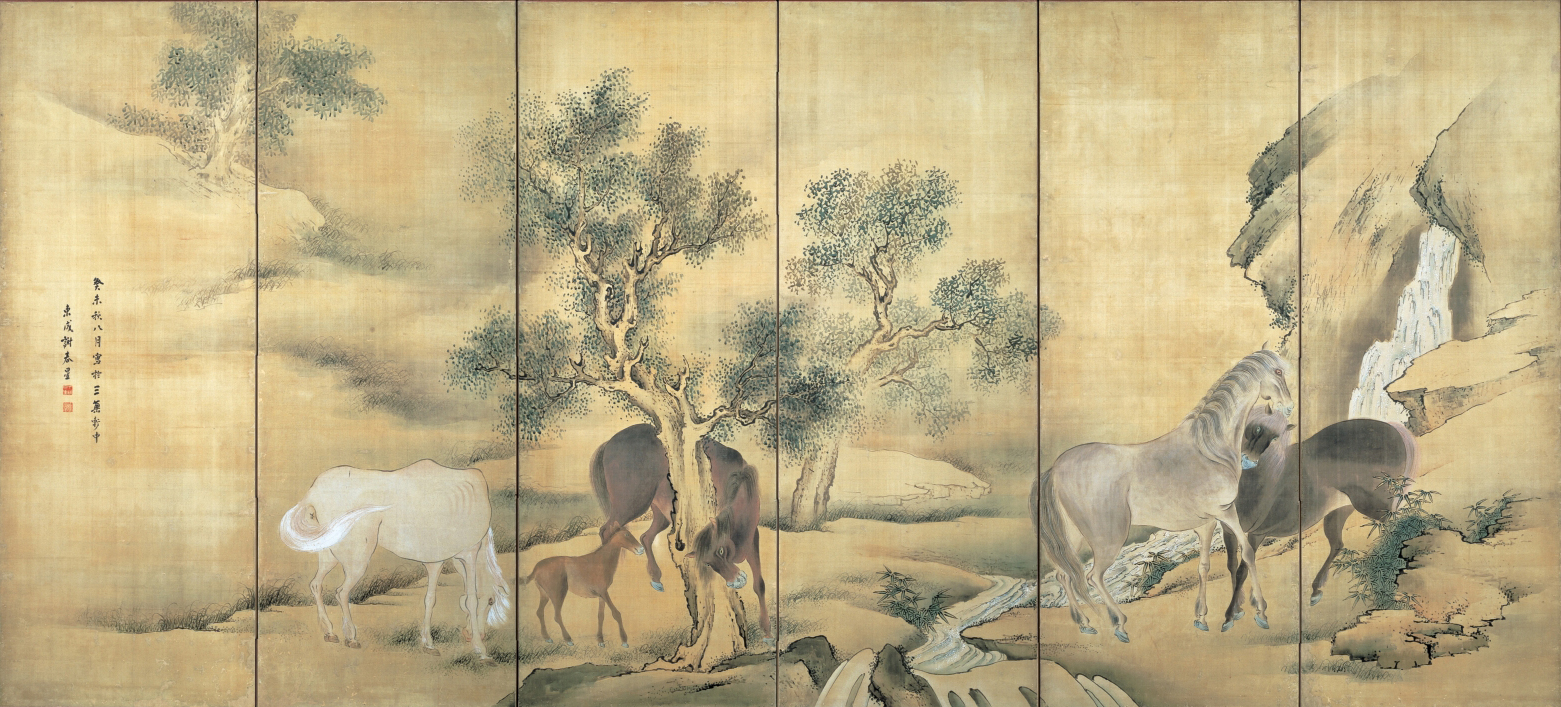Of all the eminent Edo Period Japanese artists being celebrated this year, the honors have definitively gone to the eccentric painter Ito Jakuchu (1603-1868), whose 300th anniversary is celebrated in at least four retrospectives nationwide, some recently finished and others forthcoming Artists' reputations belong to the whirligig of time, and while the present-day Jakuchu-mania is welcomed, his contemporaries have consequently become overshadowed and the period's diversity somewhat obscured.
Yosa Buson (1716-1783) shares the birth year as Jakuchu, though the occasion is celebrated on a smaller scale. He worked in the literati tradition adopted from China at the end of the 17th century and subsequently indigenized a tradition that shared emphases on the perfections of poetry, painting and calligraphy. While Japanese practitioners frequently excelled in one art form, Buson, unusually, became the master of two. Today he is considered a haiku poet equal to Matsuo Basho (1644-1694) and a painter ranked alongside Ike no Taiga and Jakuchu.
Buson became known for painting in later life. Born in Kema on the outskirts of present-day Osaka, he went to Edo (now Tokyo) at aged 20 and learned haiku under Hayano Hajin while studying the Kano school of painting — a school that received shogunal patronage. "Dancing Shizuka Gozen" (18th century), depicting a famous 12th-century court dancer and courtesan, is representative of his work of that time. When Hayano died, Buson, then 27 years old, moved around northern Japan for a decade and traced Basho's famous journeys.


















With your current subscription plan you can comment on stories. However, before writing your first comment, please create a display name in the Profile section of your subscriber account page.